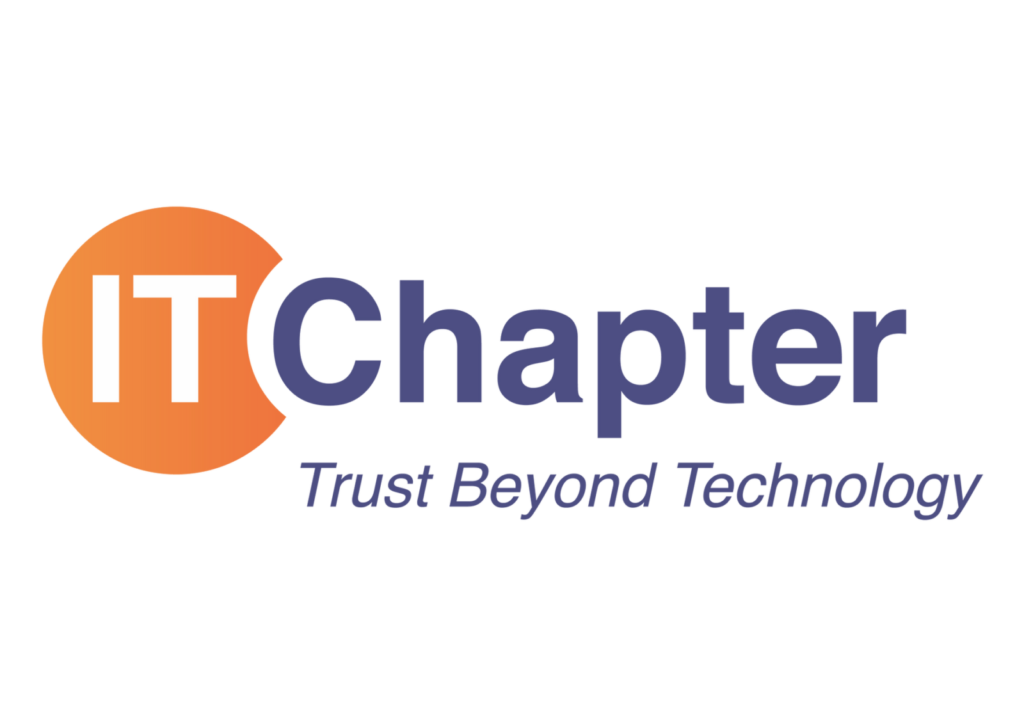Since mid-March 2020, we’ve had to cancel all business onsite activities and meetings. In less than a week, many business activities were put on hold, postponed or cancelled. As millions of others around the globe, those who still had their jobs, shifted toward remote work. Between going through the emotional curve, managing cancellations/rescheduling, leaving some activities for better times and shifting priorities, we slowly begin to the accept the fact that our business environment will never be the same. There will be a “new normal”, but we don’t really know how it will look like or when it will become a reality. Are simple things like travelling, face to face business meetings, hand shaking, corporate town halls and lunches likely to happen any time soon?

